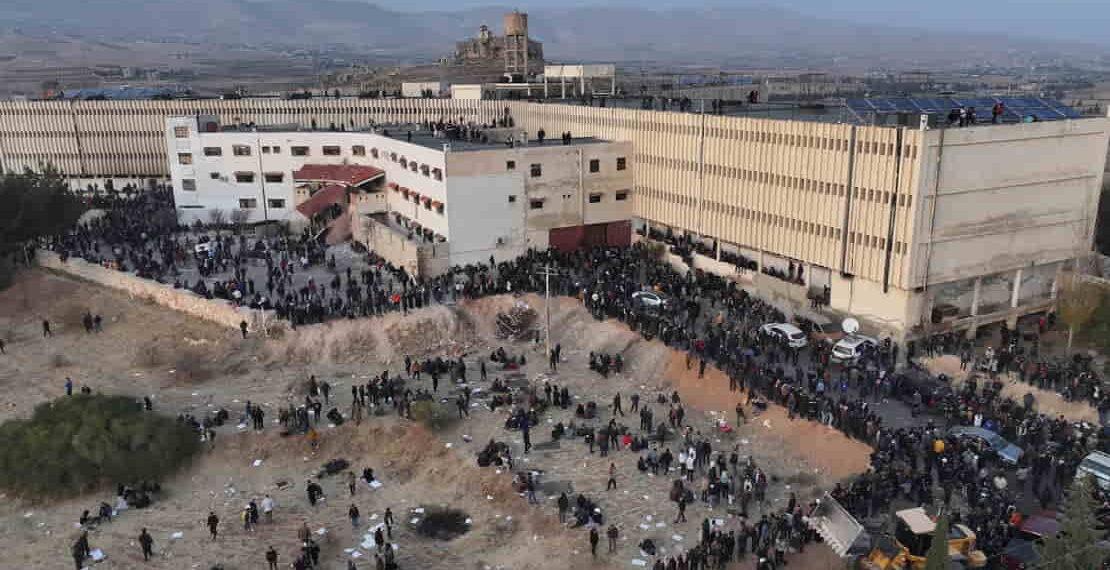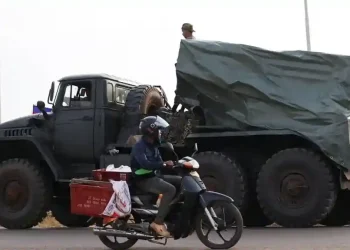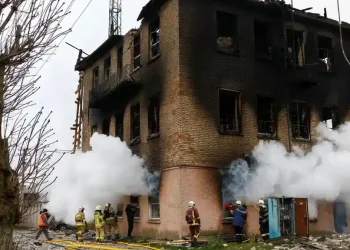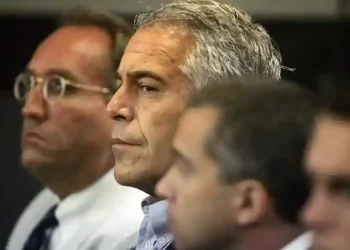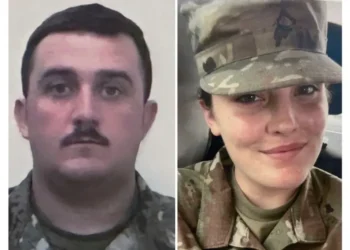Inside Syria’s Infamous ‘Slaughterhouse’ Prison: Desperate Families Seek Missing Loved Ones
As Syrians celebrated the fall of Bashar al-Assad’s regime this week, many faced an agonizing quest: locating loved ones who disappeared under his decades-long dictatorship. The notorious Saydnaya prison, infamous for its brutal history of detention, torture, and executions, became the focal point of this search.
A Symbol of Oppression and Horror
Saydnaya, located north of Damascus, has long been a grim symbol of the Assad regime’s brutality. Dubbed “the slaughterhouse,” Amnesty International estimates that as many as 13,000 people were hanged there between 2011 and 2015. The prison, shrouded in secrecy, was a place where opponents of the regime vanished, their fates unknown.
When rebels toppled Assad on Sunday, his flight to Russia signaled the end of an era of oppression. Images of prisoners being released from Saydnaya flooded social media, fueling hope for thousands of families desperate for answers. Traffic stretched for miles as crowds swarmed toward the prison, some abandoning their vehicles to walk the final stretch under the scorching sun.
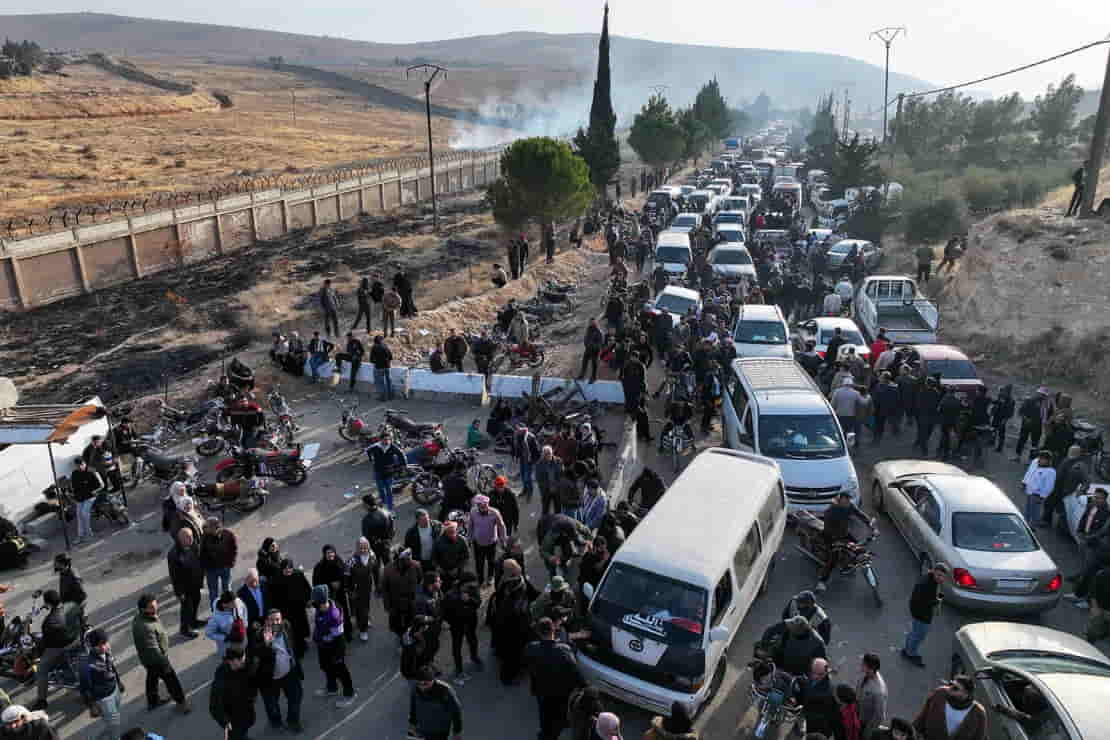
Desperate Searches Amid Uncertainty
Among those searching was Maysoon Labut from Dara’a, the birthplace of the Syrian uprising. Labut sought three brothers and her son-in-law, holding onto the faint hope that they might still be alive. Fighting back tears, she shared her fears: “There’s no oxygen in the red section of the prison because the ventilation failed. They might all die.”
Rumors about hidden underground cells, known as the “red section,” spread rapidly, pushing families to dig deeper, both figuratively and literally. Syrian Civil Defense, also known as the White Helmets, led efforts to uncover these alleged secret cells. Volunteers drilled and searched, aided by sniffer dogs and silence from the crowd, hoping to hear the voices of trapped detainees.
However, by Monday evening, hopes were dashed. The White Helmets reported finding no evidence of undiscovered cells. The Association of Detainees and the Missing in Saydnaya Prison (ADMSP) confirmed that all prisoners had been released by Sunday, dismissing claims of hidden detainees as “unfounded.”
The Agony of Not Knowing
Despite these assurances, many families remain in limbo. Inside the prison, relatives combed through abandoned documents, illuminated only by cellphone flashlights, searching for any trace of their loved ones. A woman holding a faded photograph of her brother, missing for 12 years, expressed the heartbreak of uncertainty. “We just want to know if he’s dead or alive,” she said. “He has children who have never met him.”
The release of some prisoners has brought bittersweet reunions. Suheil Hamawi, a 61-year-old detainee held in various Syrian prisons for over three decades, returned home to his village in Lebanon. While overjoyed to reunite with his family, he reflected on the profound loss of time. “I realized how much I missed when my granddaughter called me ‘Grandpa.’ It’s a beautiful feeling, but it reminds me of everything I lost.”
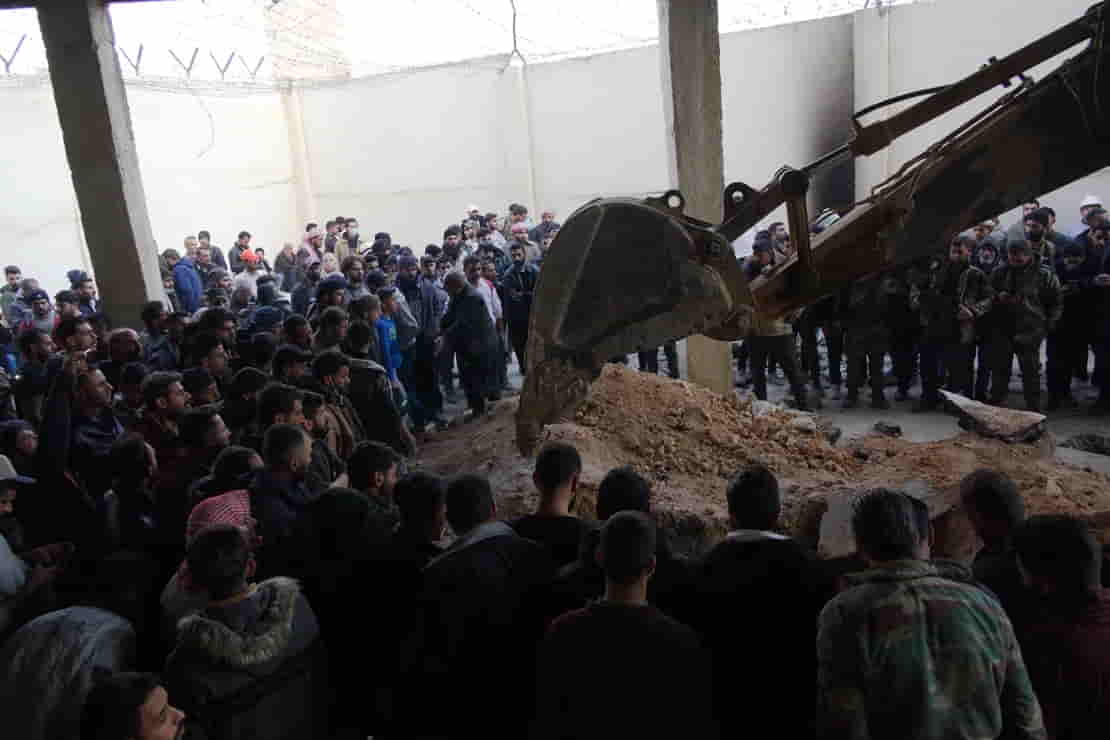
A New Chapter, Yet Lingering Pain
As Syria turns a page in its history, the scars of the Assad regime’s atrocities remain fresh. Saydnaya prison stands as a haunting reminder of decades of suffering. For the families of the missing, the fight for truth and closure continues, even as the nation begins to rebuild from the ruins of tyranny.
This article was rewritten by JournosNews.com based on verified reporting from trusted sources. The content has been independently reviewed, fact-checked, and edited for accuracy, neutrality, tone, and global readability in accordance with Google News and AdSense standards.
All opinions, quotes, or statements from contributors, experts, or sourced organizations do not necessarily reflect the views of JournosNews.com. JournosNews.com maintains full editorial independence from any external funders, sponsors, or organizations.
Stay informed with JournosNews.com — your trusted source for verified global reporting and in-depth analysis. Follow us on Google News, BlueSky, and X for real-time updates.
